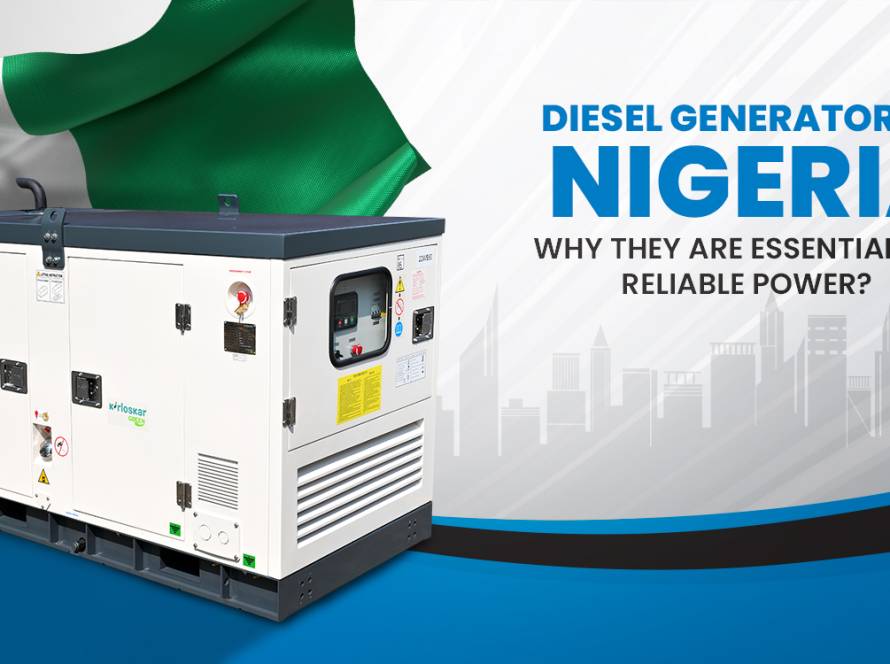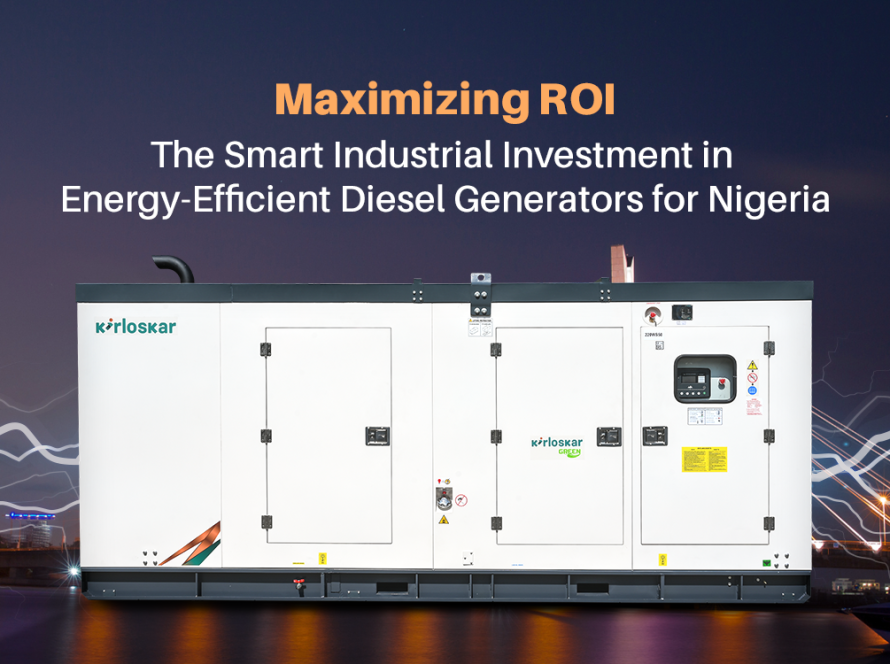Kirloskar Generators are renowned for their reliability and durability, providing essential power across diverse applications. However, like any complex machinery, occasional issues can arise. Understanding common problems and how to address them can significantly minimize downtime and ensure your generator remains a dependable asset.
1.Engine Failure to Start:
One of the most common issues is the generator failing to start. This can stem from various causes:
- Battery Issues: A weak or dead battery, loose connections, or a faulty battery charger can prevent the engine from cranking.
- Fuel Problems: Dirty fuel filters, low fuel levels, or contaminated fuel can hinder proper engine operation.
- Engine Problems: Issues with the starter motor, seized engine, or low engine oil levels can also prevent the generator from starting.
Troubleshooting Steps:
- Check the Battery: Ensure the battery is fully charged and connections are secure.
- Inspect the Fuel System: Check fuel levels, clean or replace fuel filters, and inspect fuel lines for any leaks or blockages.
- Check Engine Oil Levels: Ensure the engine oil level is within the recommended range.
- Inspect the Starter Motor: Check for any signs of damage or malfunction.
2. Engine Overheating:
Overheating can occur due to various reasons:
- Cooling System Issues: Insufficient coolant levels, a clogged radiator, or a malfunctioning thermostat can impede proper heat dissipation.
- Airflow Restrictions: Blocked air intakes or exhaust systems can hinder proper engine cooling.
Troubleshooting Steps:
- Check Coolant Levels: Top up coolant levels as needed.
- Inspect the Radiator: Ensure the radiator is clean and free of obstructions.
- Check Thermostat Function: Ensure the thermostat is opening and closing correctly to regulate engine temperature.
3. Abnormal Noises
Unusual noises, such as knocking, grinding, or squealing, can indicate underlying issues:
- Loose Components: Loose engine mounts, belts, or pulleys can cause vibrations and abnormal noises.
- Internal Problems: Issues like bearing wear, piston slap, or unbalanced rotors can also generate unusual noises.
Troubleshooting Steps:
- Visual Inspection: Carefully inspect the engine and its components for any loose parts or signs of damage.
- Listen Carefully: Identify the source of the noise and consult the Kirloskar service manual for potential causes.
4. Voltage and Frequency Fluctuations
- Possible Causes: Issues with the Automatic Voltage Regulator (AVR), alternator problems, or loose electrical connections can lead to voltage and frequency fluctuations.
Troubleshooting Steps:
- Check AVR Settings: Ensure the AVR is properly configured and functioning correctly.
- Inspect the Alternator: Check for any signs of damage or wear and tear.
- Tighten Electrical Connections: Ensure all electrical connections are secure and properly grounded.
5. Increased Fuel Consumption
- Possible Causes: Incorrect fuel injection timing, air leaks in the fuel system, or faulty fuel injectors can all contribute to increased fuel consumption.
Troubleshooting Steps:
- Consult the Service Manual: Refer to the Kirloskar service manual for proper fuel injection timing settings.
- Inspect for Leaks: Check for any air leaks in the fuel system.
- Inspect Fuel Injectors: Have fuel injectors inspected or serviced as needed by a qualified technician.
Preventive Maintenance is Key
Regular maintenance is crucial for maintaining optimal performance and preventing major issues. This includes:
- Regular Oil Changes: Change engine oil and filters according to the manufacturer’s recommendations.
- Cooling System Checks: Regularly inspect and clean the radiator and cooling system components.
- Battery Maintenance: Regularly check battery electrolyte levels and ensure proper charging.
- Visual Inspections: Regularly inspect the engine and all its components for any signs of wear and tear.
By following these tips and adhering to the recommended maintenance schedule, you can ensure your Kirloskar Generator operates reliably and efficiently for years to come.


